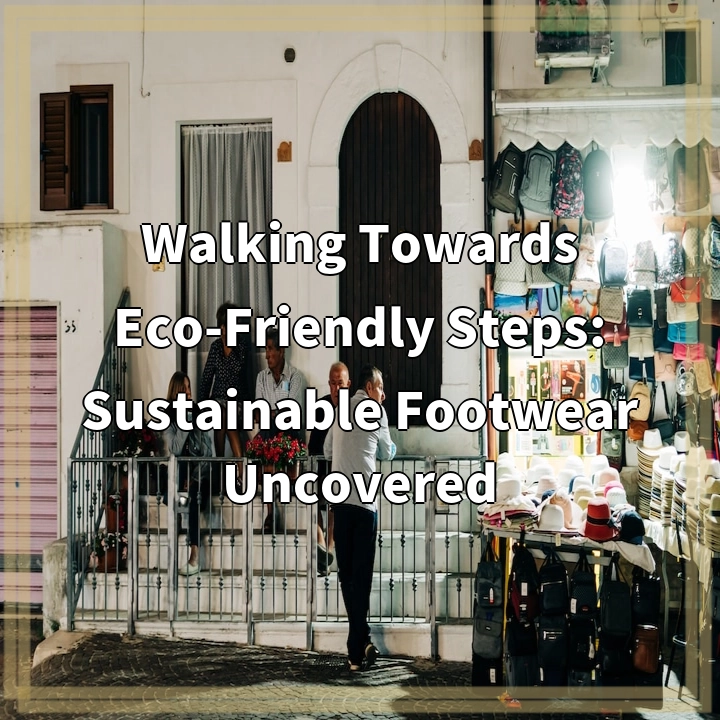
What is Green Protocols in Event Management?
Green protocols in event management refer to a set of guidelines and practices aimed at minimizing the environmental impact of events while promoting sustainability. These protocols encompass various aspects of event planning and management, including resource conservation, waste management, energy efficiency, and carbon footprint reduction. The goal is to organize events in an environmentally responsible and socially conscious manner, ensuring that the positive outcomes outweigh any negative environmental effects.
Real-World Problems Associated with Green Protocols
Implementing green protocols in event management is not without its challenges. Here are some of the key real-world problems often faced in this area:
1. Resistance to Change
One obstacle encountered when attempting to incorporate green protocols is resistance to change. Event organizers and stakeholders may be accustomed to traditional practices and find it difficult to adopt sustainable alternatives. This resistance can range from reluctance to invest in eco-friendly infrastructure to hesitance in modifying traditional event traditions that may have negative environmental impacts.
2. Limited Awareness and Knowledge
A lack of awareness and understanding around green practices can hinder the successful integration of sustainable protocols. Event organizers may not be aware of the environmental impact of their operations or the available solutions and technologies that can help reduce it. Education and knowledge-sharing initiatives are necessary to bridge this gap.
3. Financial Constraints
Implementing green protocols often requires additional investments, which can pose financial challenges for event organizers, particularly for smaller businesses or non-profit organizations with limited budgets. The costs associated with sustainable infrastructure, eco-friendly materials, and renewable energy sources can be higher in the short term, although they may yield long-term benefits in terms of cost savings and positive brand reputation.
4. Balancing Sustainability and Event Requirements
Event planners must strike a balance between sustainability goals and the requirements and expectations of event attendees and stakeholders. It can be challenging to implement certain measures, such as waste reduction or energy conservation, without compromising the quality and experience of the event. Solutions must be found that prioritize sustainability while meeting the needs and desires of participants.

Solutions to Real-World Problems in Green Protocols
1. Overcoming Resistance to Change
To address resistance to change, it is essential to educate and raise awareness about the importance of sustainability in event management. Highlight the benefits of incorporating green protocols, such as cost savings, positive brand image, and improved attendee satisfaction. Encourage open dialogue and collaboration with stakeholders to find common ground and identify win-win solutions.
2. Enhancing Awareness and Knowledge
To tackle the limited awareness and knowledge surrounding green practices, provide training and resources to event organizers. Offer workshops, seminars, and online resources that educate stakeholders on sustainable event management strategies. Foster partnerships with experts, environmental organizations, and industry leaders to share best practices and experiences.
3. Addressing Financial Constraints
To overcome financial constraints, explore funding opportunities and financial incentives for implementing sustainable practices. Seek sponsorships or grants specifically available for eco-friendly initiatives. Additionally, conduct a cost-benefit analysis to showcase the long-term financial benefits of adopting green protocols. Emphasize that sustainability investments can lead to reduced operational costs and improved brand reputation in the long run.
4. Finding the Balance
To strike a balance between sustainability and event requirements, involve attendees and stakeholders in the decision-making process. Conduct surveys or focus groups to understand their expectations and preferences regarding sustainable practices. Use this valuable feedback to identify areas where eco-friendly solutions can be implemented without compromising the overall event experience. Additionally, encourage collaboration with vendors and suppliers who offer sustainable products and services.















